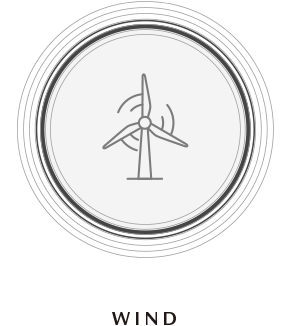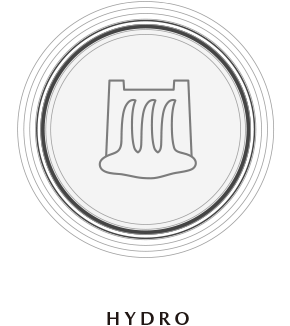ENVIRONMENT
LOVE DRIVING,
LOVE THE WORLD
AROUND YOU
A love of driving and a love of the earth can—and indeed must—be harmonious. To ensure a long and happy
relationship between cars, people, and our precious planet, Mazda is focused on developing the entire lifecycle
of its vehicles in an environmentally friendly manner. As Mazda introduces new sustainable technologies,
it carefully considers the manufacture, usage, and the end-of-life recycling of its cars to minimize the
environmental impact, so you can love driving and love the world around you.


OUR COMMITMENT TO
PLANET EARTH
BY 2050, MAZDA WILL ACHIEVE CARBON NEUTRALITY DURING THE ENTIRE LIFE CYCLE OF ITS VEHICLES AND THE ENTIRE SUPPLY CHAIN.
LIFE CYCLE
PERSPECTIVE

REDUCING EMISSIONS FROM
MANUFACTURING
Mazda takes responsibility for the emissions produced by its cars, not just when they’re being driven, but also when they are made and when they reach the end of their use. To reduce the CO2 emissions during the entire life of the vehicle, Mazda uses a Life Cycle Assessment, which allows it to pinpoint areas that can reduce the environmental burden of car manufacture, delivery, use, and recycling.
MAZDA’S APPROACHREDUCING REAL-
WORLD EMISSIONS
FROM MAZDA
VEHICLES
The right car in the right place
There is more to reducing emissions than simply switching over to battery electric vehicles. If the electrical energy used to charge these cars is not produced sustainably then the emissions are merely moved to power stations.
That’s why Mazda offers a multi-solution approach, providing a range of efficient internal combustion, hybrid,plug-in hybrid, and electric cars to suit customers’ needs and the power-generation situations across the world.

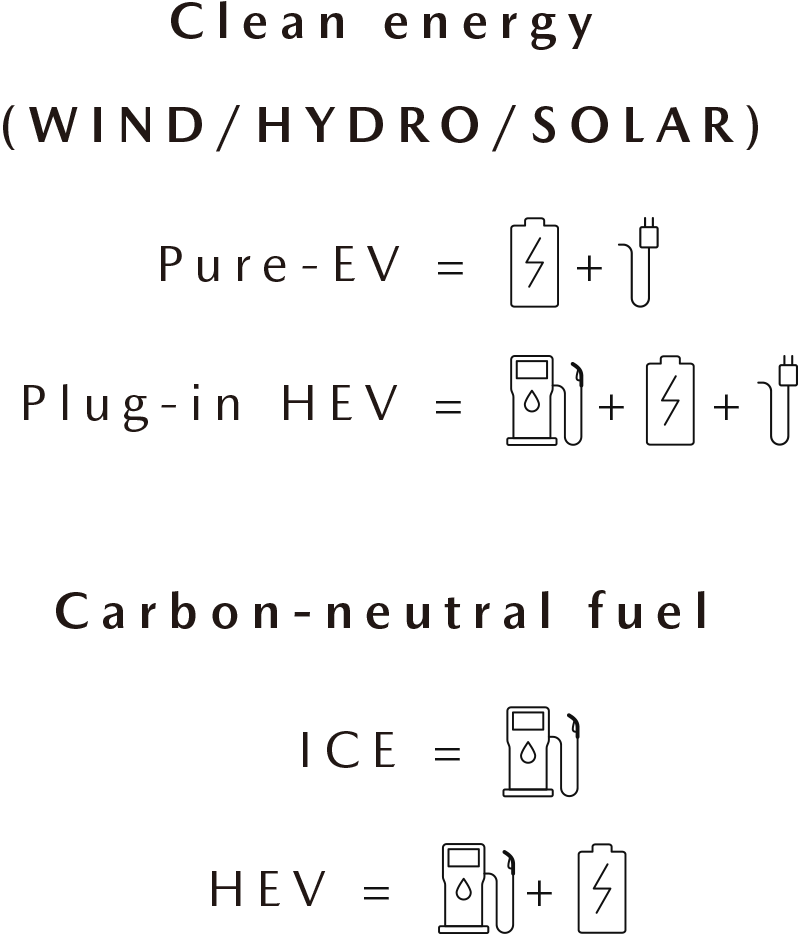
BY 2030, MAZDA
AIMS TO REDUCE
CORPORATE Well-to-Wheel
CO2 EMISSIONS
TO 50% COMPARED
TO OF 2010 LEVELS.
MAZDA’S JOURNEY
TO 2030

Between 2025-2030, Mazda will introduce multiple electric vehicles.
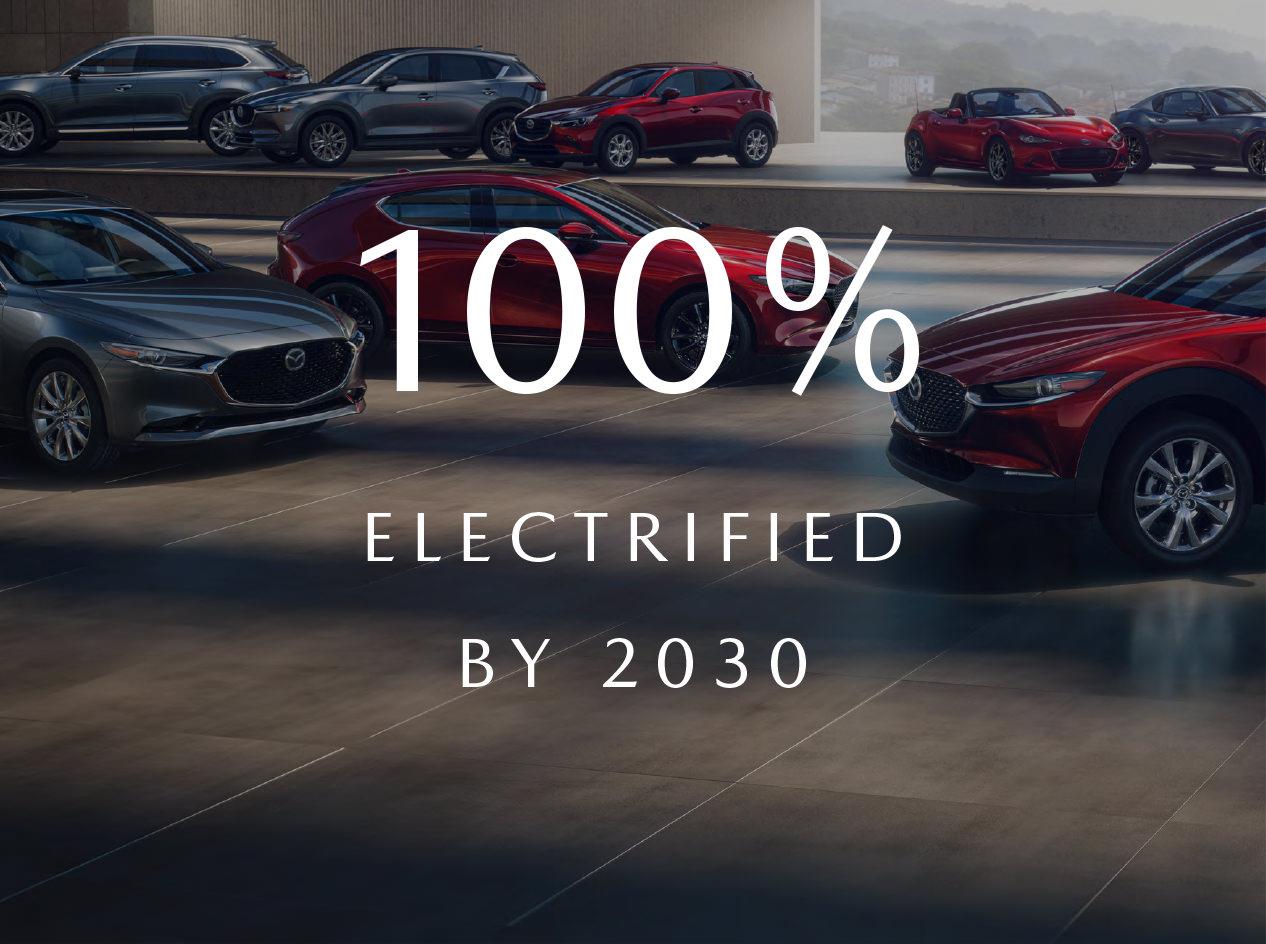
By 2030, 100% of Mazda products will be electrified and pure-electric vehicles will account for 25 to 40% of those.
THE ROAD TO ZERO
Mazda’s life cycle assessment has a zero target: net zero CO2 emissions. Here are just a few of the innovations Mazda is making on the road to zero.
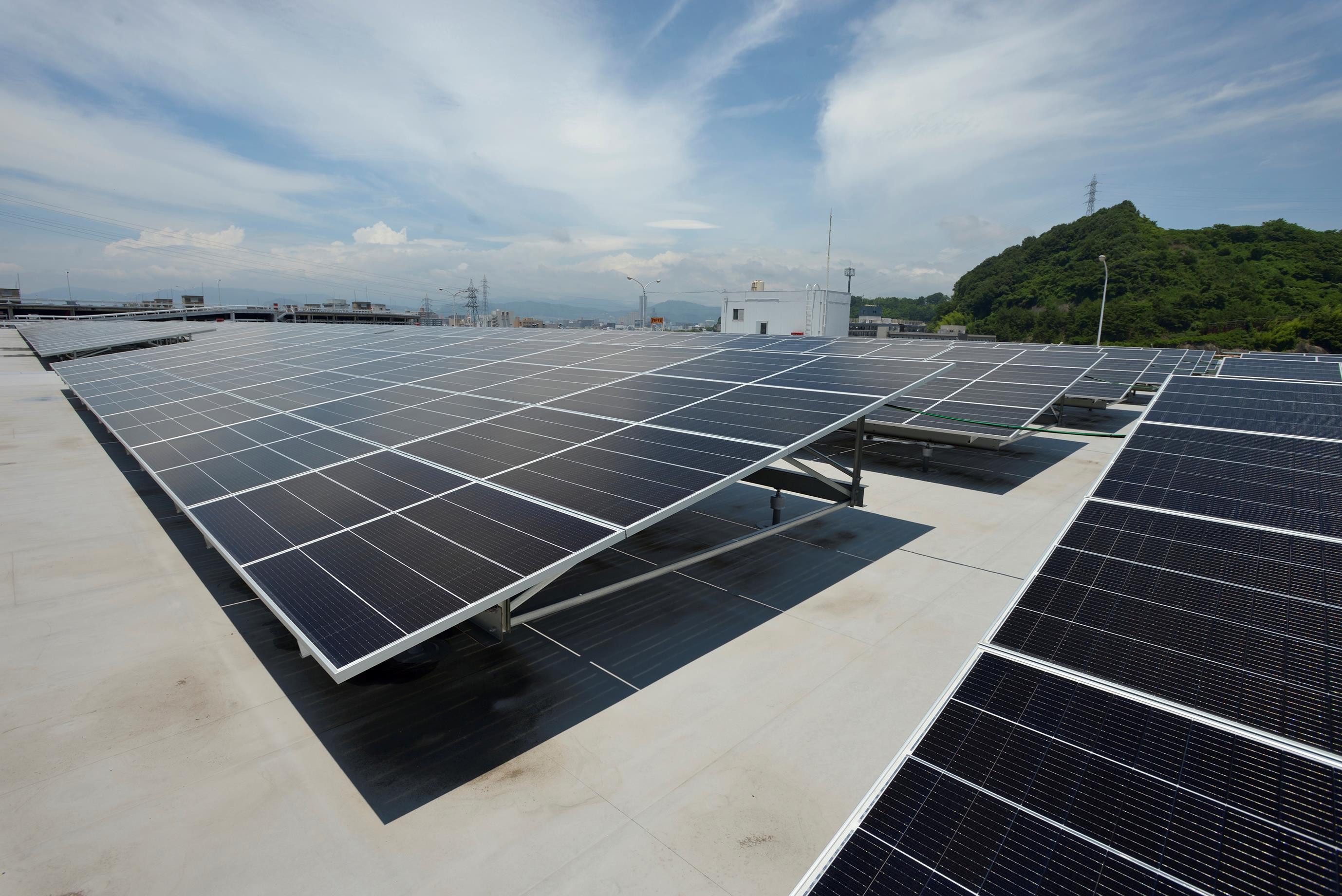
RENEWABLE ENERGY
Mazda has installed solar panels at its head office in Hiroshima, Japan.
TRANSPORTATION
Efficient transportation throughout the supply chain reduces CO2 during transportation by over 40% compared to 1990.
(Based on our own research).
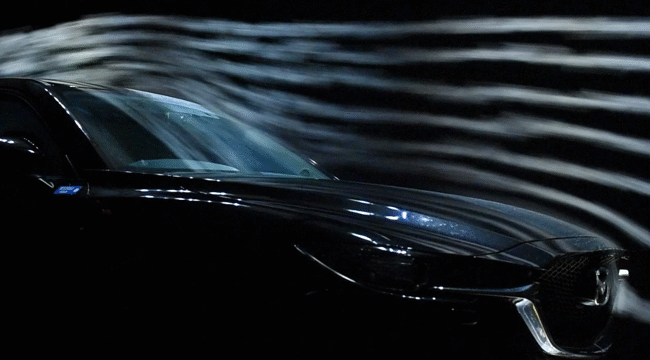
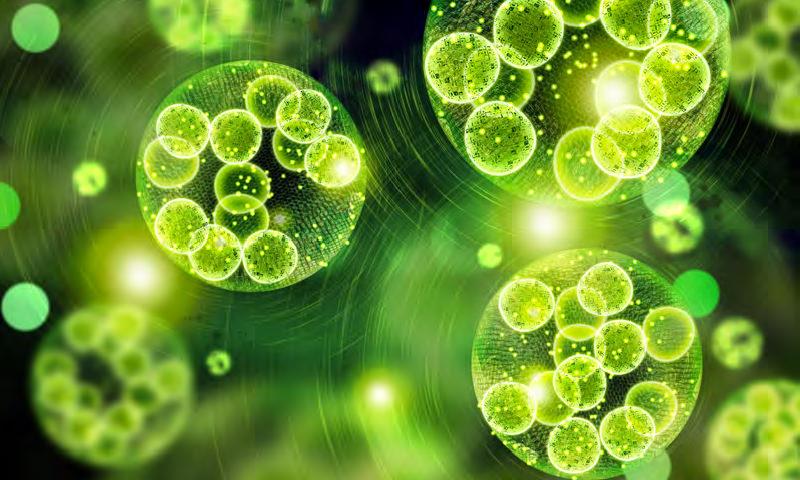
NEWS RELEASE ON MAZDA ELECTRIFIED MODELS
-
Premiere of New Mazda CX-70 Crossover SUV
-
- The two-row mid-size SUV offers a hybrid-only powertrain lineup and bolsters Mazda’s North American product lineup -
-


-
MAZDA MX-30 e-SKYACTIV R-EV Mass Production Launched
-
- Promoting Initiatives to Reduce Environmental Impact Across the Production Process to Achieve Carbon Neutral -
-

-
Premiere of New Mazda CX-90 Crossover SUV
-
- Wide-body three-row SUV is a significant evolution in comfort, environmental and safety performance, and the joy of driving -
-


-
New Mazda CX-60 Crossover SUV Makes Its Appearance in Europe
-
- First Mazda Large Product group model, significantly enhanced driving pleasure, outstanding environmental and safety performance -
-


-
Mazda Unveils Mazda MX-30, First Mass-Production EV at Tokyo Motor Show
-


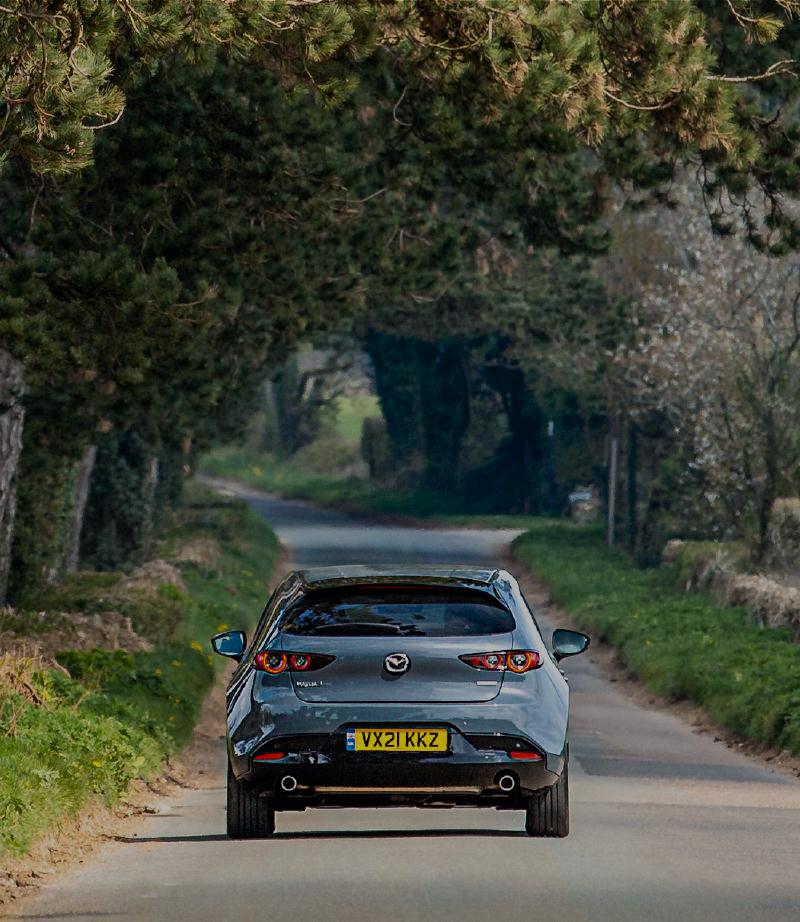
NOW FIND OUT MORE ABOUT
YOUR REGION’S MAZDA



